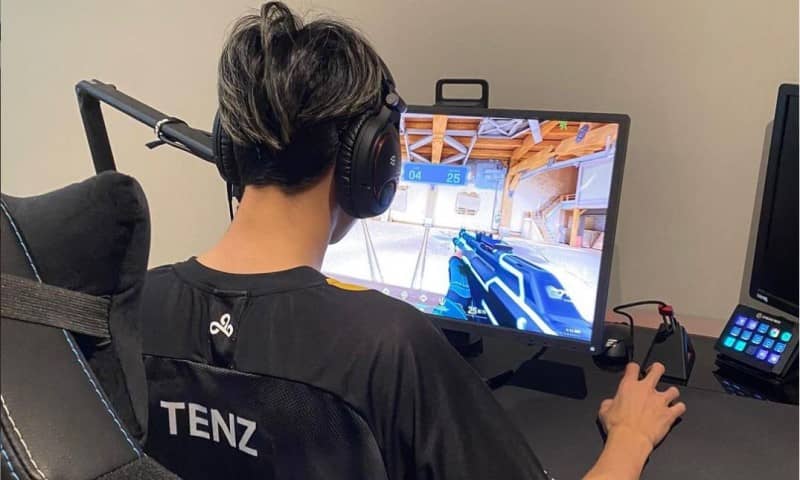TenZ is a professional Valorant player who currently represents the Sentinels. He originally started out as a CS:GO streamer and later competitor for Cloud9, but switched to Valorant shortly after its release. He is known for his focus, fps skills, and Jett and Raze mastery. We have provided a list of the peripherals that appear in TenZ’s gaming setup if you’d like to know what he uses to maximize his potential.
WHAT MONITOR DOES TENZ USE?
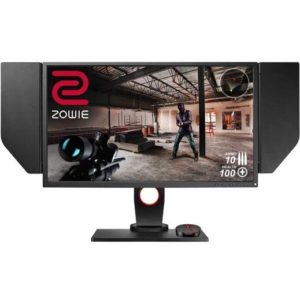
TenZ uses a BENQ XL2546 monitor. The XL2546 is a 24.5″ high-end fps gaming monitor that was intended for pro-players. It offers a resolution of 1920 x 1080 at up to 240Hz, depending on the GPU’s capacity and connector type. It is integrated with Black eQualizer to brighten darer scenes, Flicker-Free and Low Blue Light technologies to prevent eyestrain, and Proprietary Dynamic Accuracy Technology (DyAc) to prevent blurriness. These features are paired with its S-Witch that can store three different profiles to easily switch between when playing different games or devices. It also comes with two removable side shields to prevent peripheral distractions from messing up your concentration.
Additionally, its stand offers a lot of adjustability, as it can pivot -90°/90°, swivel -45°~45°, tilted -5°~ 20° and its height can be increased by up to 14cm (5.51″.) It can also be removed forom its stand for VESA-compatible wall mounting of 100 x 100mm. Its dimensions are 57 x 51.5 x 22.6cm (22.44 x 20.29 x 8.9”) and it offers a maximum brightness of 320 cd/㎡.
WHAT MOUSE DOES TENZ USE?
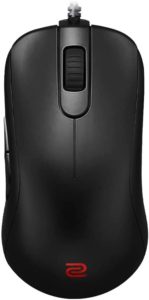
TenZ uses a BenQ Zowie S2 mouse. TenZ’s gaming setup includes the smaller, black version of the wired S1 gaming mouse. It has a plug-and-play design and a symmetrical shape with two side-buttons on the right thumb-side. Its PixArt 3360 optical sensor offers a reset DPI range of 400, 800, 1600 and 3200. These can then be paired with polling rate options of 125@8ms, 500Hz@2ms or 1,000Hz@1ms. All of these can be adjusted on the fly, as there is a DPI button and pulling rate button located on the mouse’s underside.
It also offers a tracking speed of up to 250IPS at a maximum acceleration of 50G. It is best suited for users who favor either a palm or claw grip-style. Its dimensions are 12.2 x 6.4 x 3.8cm (4.96 x 2.4 x 1.5″) and it weighs just 87g (3.07oz.)
WHAT MOUSEPAD DOES TENZ USE?
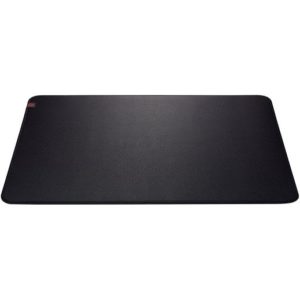
TenZ uses a BenQ Zowie G-SR mousepad. The G-SR is a large gaming mousepad of 48 x 40 x 0.4cm (18.9 x 15.7 x 0.14”). It has a smooth and even cloth surface and rubberized base that are glued and then stitched together with a sewn border. It is better suited to mice with lower DPI options, which is fine for TenZ, since his mouse offers a 3200 maximum DPI.
WHAT KEYBOARD DOES TENZ USE?
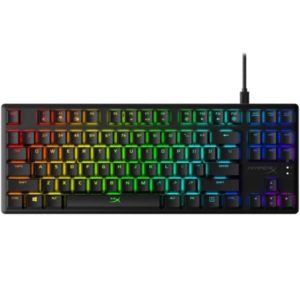
TenZ uses a HyperX Alloy Origins Core keyboard. The HyperX Alloy Origins Core is the tenkeyless version of the HyperX Alloy Origins keyboard. TenZ’s version is fitted with HyperX Red switches which provide a linear feedback and operate at an actuation force of 45G and an actuation point of 1.8mm for a total travel distance of 3.8mm. It can also store up to three profiles onboard and per-key RGB backlighting that can be set through the software, as well as LED indicator lights. There are five lighting brightness levels of 0%, 25%, 50%, 75% and 100% that can be adjusted with the arrow keys as a second function.
Furthermore, it has 100% anti ghosting and It is constructed from a full aluminum body with ABS keycaps that can be swapped out for others. The switches are not hot swappable, though. It also has two-step keyboard feet that provide three different angle settings of 3°, 7°, or 11°. Its dimensions are 35.8 x 13 x 3.6cm (14.1 x 5.1 x 1.4″.)
WHAT HEADSET DOES TENZ USE?
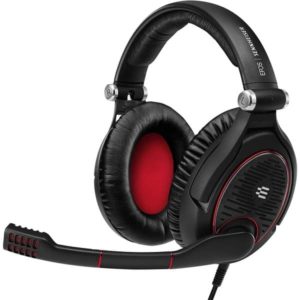
TenZ uses a Sennheiser GAME ZERO headset. TenZ’s gaming setup features the Sennheiser Game Zero, which is a wired stereo headset with a closed-back design. This helps with noise insulation, as does its leatherette-covered triple-layered memory foam earpads. Its 40mm driers provide a frequency response range of 15 – 28,000Hz that function at a sound pressure level of 108 dB @ 1 kHz & 1 Vrms. Its low nominal impedance of 50Ω and 3.5mm jack make it compatible with a variety of devices and gaming consoles.
It has a lightweight plastic construction with XXL over-ear ear cups that are attached to the headband with 2-axis folding hinges. This makes it easier to store and transport. Additionally, its microphone offers a frequency response range of 50 – 16,000Hz that is wider than the average gaming headset. It weighs 300g (10.6oz) and has dimensions of 9 x 18 x 17.5cm (3.54 x 7.09 x 6.89″). It also comes with a hard-shell carrying case.
WHAT MICROPHONE DOES TENZ USE?
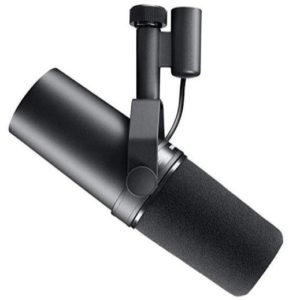
TenZ uses a Shure SM7B microphone. The Shure SM7B is a dynamic studio microphone that utilizes a cardioid polar pattern and operates and frontal address. This means that it is designed for close-proximity recordings in order to prevent unwanted side and anterior audio inputs from filtering into recordings. Although it is powered by an XLR power cord, it does not require phantom power to operate. But, it will still require an audio interface.
It offers a frequency response range of 50 – 20,000Hz and has an impedance of 150Ω and hum pickup of 11dB. There are bass roll-off and mid-range emphasis controls on its base that can be covered with a switch cover plate. Additionally, it also features an internal pop-filter to block out plosive sounds, as well as an internal shock mount to reduce mechanical noise and bump interference. It is protected with a sturdy aluminum and steel casing and also comes with an external foam windscreen.
WHAT WEBCAM DOES TENZ USE?
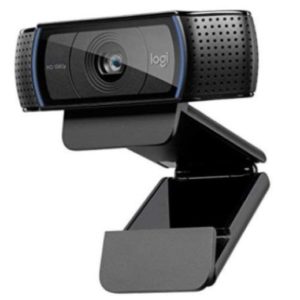
TenZ uses a Logitech C920 webcam. The Logitech C920 is a basic plug-and-play webcam that is fairly popular among content creators. Other users include xChocoBars, Cowsep and Clix. It can easily clip-on to most flat screens and is capable of recording at either 720 or 1080p at 30fps for a Full HD screen resolution of up to 1920 x 1080. It also has dual built-in, omnidirectional microphones and is compatible with devices that are installed with either Mac OS 10.10+ or later, Windows 7 or later, Chrome OS, or Android v 5.0 (32-bit/64-bit) or later.


